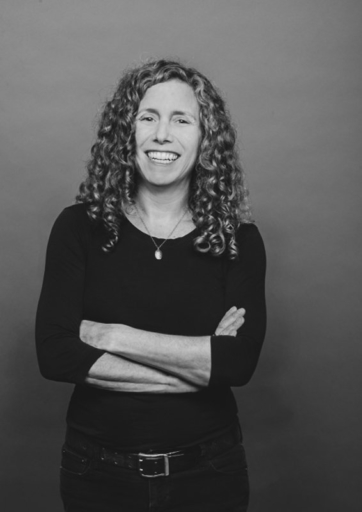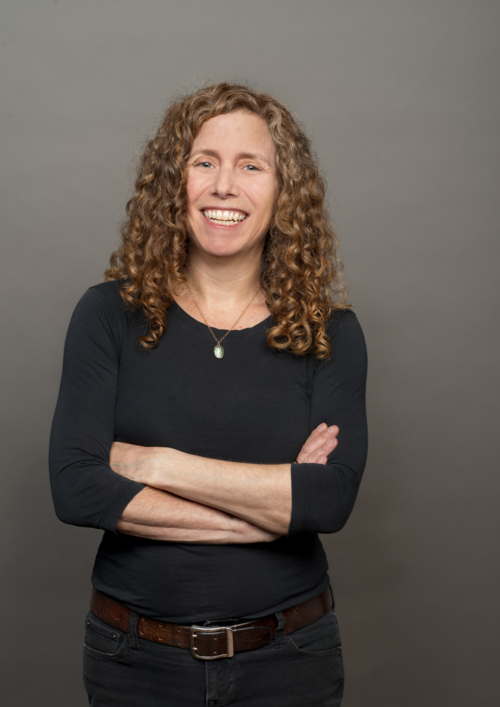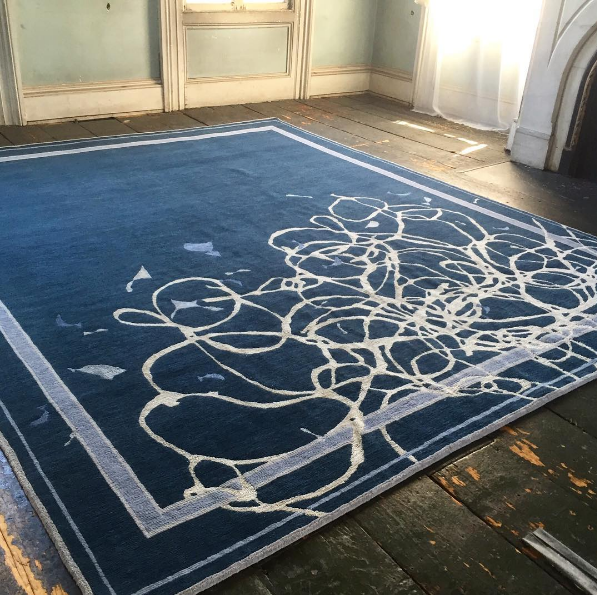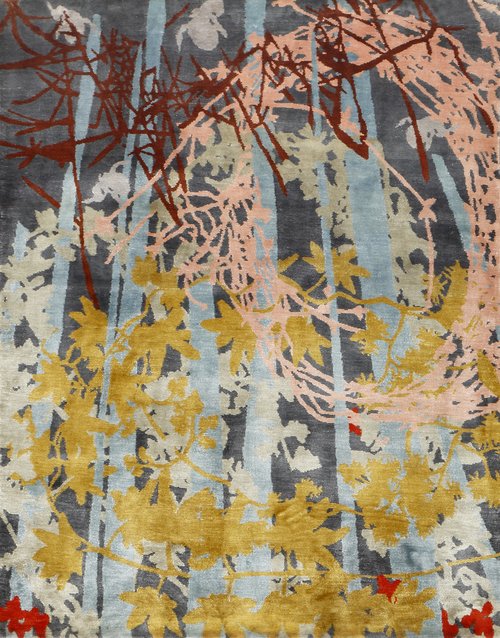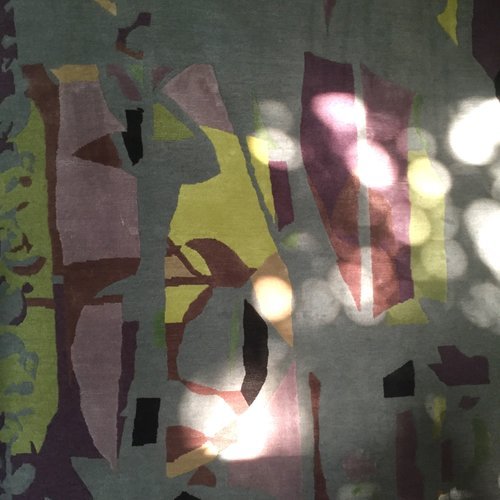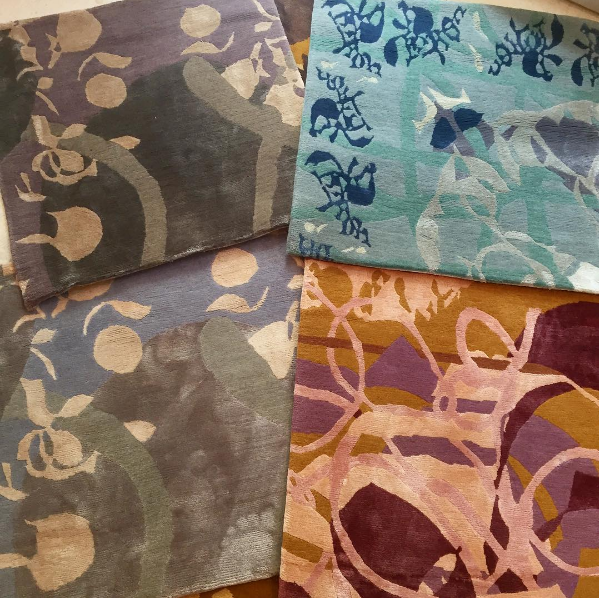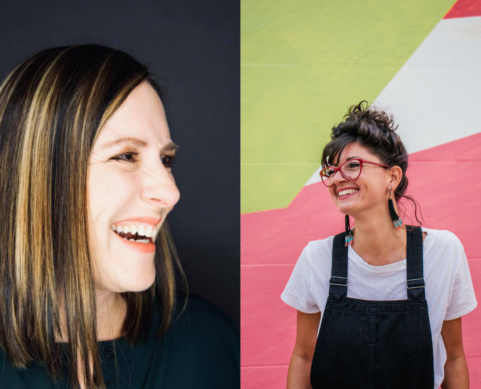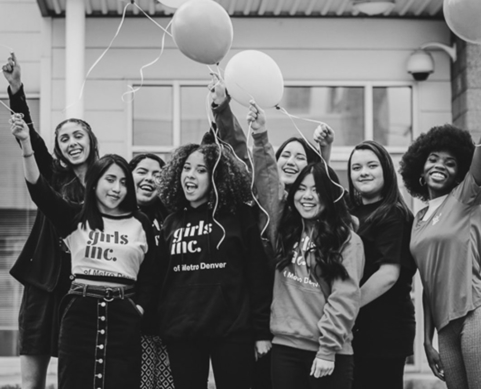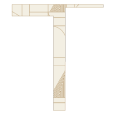Amy Helfand
“It is a much more beautiful world when we work together and share resources.”
-Amy Helfand
Artist and designer Amy Helfand does not describe herself as either— she thinks of herself as a collector and apprehender of things, images, ideas, and materials. Despite her graduate-level education in photography from the Art Institute of Chicago, Amy has found herself drawn to 3-D mediums and the sculptural qualities they possess.
In 2003, Amy was invited to participate in an art show in the Bronx, and had a moment of realization that her photographic works, patterns, and collages might translate well to woven rugs.
With the help of the nonprofit GoodWeave and a New York certified GoodWeave manufacturer, she had her first Nepalese rug produced and instantly loved the way her design clung to the lush, soulful texture of the fibers.
Through the collaboration Amy learned about rug making, which sparked an ongoing conversation with the rugmaker and ultimately led to a shift in her craft. She later sold the piece and decided that rugmaking was something she was meant to pursue.
Where She Finds Inspiration
Today, Amy finds inspiration in the things she gathers and finds. Often, it’s a texture or solid material she finds when adventuring (most recently, a series of rocks she found during a trip to L.A.) and uses as a guiding force in her design. In this sense, Amy is able to keep the natural world close at hand in unexpected ways when creating concepts for new rugs.
Amy has also spent time in Nepal working collaboratively with those who make her rugs by hand and feels a distinct connection to the land and it’s people. While she has encountered challenges with working internationally (especially in a country where utilities such as electricity are in short supply), she notes that “I always experience a sense of awe every time I unwrap a new rug—and always feel gratitude for the people that translate my artwork into an object of such integrity, under conditions that we may not typically deem ideal.”
The Rug Making Process
Amy’s process of designing rugs is endlessly dynamic. “Typically, I start with knotted strings and fibers, which I then transform into a 3-D sculpture crafted from wire. These sculptures can be used to generate more drawings, more patterns, more building,” she says. The process is generative and abstract— no two rugs originate from the same sequence of events. Eventually, concepts come together in a way Amy deems as interesting or new; she composes designs from there.
In terms of collaborative works, Amy dreams of designing a collection of rugs for a building such as the beautiful US Embassy in Kathmandu. “I love working on single projects that contain related pieces and creating a story through this medium,” says Amy. “I believe the beautiful bold patterns attributed to classic Indian artistry perfectly compliment the rugs.”
Still a Man’s World
“As a woman in the rug making industry, I appreciate the support and guidance that I have received from colleagues across differences in gender and/or cultural background,” says Amy. She feels she has been well-respected by her manufacturing partners, and has benefited from ongoing praise for her craft.
On the business side of the industry, however, things can become complicated. Amy prides herself in her ability to ask for help, and has learned to seek supportive and useful consultants when needed. She has also learned how to deal with less-than-supportive business contacts, and, over the years, has gained expertise in areas that were otherwise unknown to her.
For artists looking to pursue rugmaking as either a hobby or profession, Amy suggests “doing research and finding industry folks who are willing and able to help you unearth all of the processes.” As with Amy’s design approach, rugmaking is dynamic and complicated, but having a vision is always the first step.
Describe the moment you decided to become a designer. Describe your entry into handmade rugs.
My background is as a fine artist, and my real beginning was as a photographer. In graduate school (at the School of the Art Institute of Chicago) my work became more sculptural and I continue to work back and forth between two and three dimensions.
The connection is that I am still an collector. After I had my second child, I started back in the studio very simply, making collages from pieces of images in magazines. The work was very simple, materially—all I needed was paper, glue and my Xacto knife.
In 2003, I was invited to do a show of this work at Wave Hill, a public garden in the Bronx. The collages were getting more graphic (rather than photographic) and seemed like they would translate well to rugs. The gallery space was in an old mansion on the property, so conceptually, a rug made sense.
I did my research and found about about GoodWeave, a non-profit working to end child labor in the rug industry, and asked for a list of their certified manufacturers. I started sending emails and got many replies, but was able to meet with one in New York, a man who was very generous and knowledgable, and I learned not only about how to have one rug made in Nepal, but about the rug business in general. I had the rug made and loved how my artwork translated into this lush and soulful medium. I sold the piece and decided to make more and show them in a design context.
If you were handed any project in the world, what would it be?
I would love to design a suite of rugs for the US Embassy in Kathmandu. I enjoy working with multiple, related pieces at a time and trying to tell a story in the way they work together. I like the idea that a manifestation of the collaborative process between me, as an American designer, and my Nepali manufacturers would be displayed “officially.”
What is inspiring you at the moment?
Most recently, a bunch of rocks I collected on a trip to Los Angeles this summer. I get much of my inspiration and source material from walks on the beach and in the woods. When I was in L.A., I made a few simple sculptures from rocks and various plant material—combining forms in the simplest way—and photographed them (see my Instagram for an example @amyhelfandstudio). I have rocks (and acorns, shells, sticks, etc.) from everywhere. It’s my way of keeping the natural world close at hand, even in my urban surroundings and staying connected to that impulse to put objects together in unexpected ways.
Walk me through your creative process.
I generate forms in a variety of ways—it could be making drawings based on knotted strings, which I then imagine into three dimensions and craft out of wire. The resulting sculptures might generate another set of drawings that get scanned into the computer.
Or I could make a sculpture from found objects and photograph it, and then trace the photograph and draw from that—choosing the parts that look interesting. I might make another sculpture from that drawing…it’s a continual process of abstraction and reinvention, but the pieces all end up in the computer and I compose my rug designs there. Jasper Johns once said “”Take an object / Do something to it / Do something else to it. [Repeat.]” Somehow this sticks with me, whether the original object is something found or made by me.
What design rule do you love to break?
That’s a hard one—I don’t come from a design background so, for better or for worse, I don’t pay much attention to the rules. Honestly, I’m not sure I even know what the rules are!
What technology in your industry do you totally geek out on? This could be a software, a machine, a material, etc.
There is now rug design software called Galaincha, which can print a 1:1 graph of the rug for production, where every tiny square is a knot. I don’t use it in my design process, but it has really changed things for specifying—you can have ultimate control over the graph if you want it.
The geeky part for me is that it can also simulate what a rug design will look like in materials, i.e. you can specify knot count and which areas are wool, silk, etc. and it generates a simulation that looks not exactly real, but almost. It’s a way of showing things digitally without having to produce them—good for the website, and for clients (and in a pinch, for print, even).
Three items you can’t live without?
– A sharp knife
– My guitar
– A dictionary
What are you most excited about for the future of your business/industry?
The way the market continues to support work that is made by hand.
How has being a woman in your industry/career been challenging and what have you learned from it.
If you think of the history of the rug industry—especially in places where rugs are traditionally made, it is all men, all the time (at least on the outside). That said, I have always been taken seriously by the men with whom I work, especially my manufacturing partners.
I’m not sure being a woman has been challenging so much as being an artist first rather than a business person. I have learned to ask for what I want and to ask for help when I need it. This past year I was lucky to have had an incredible team, with expertise that I don’t necessarily have, helping me as I relaunched my business. I am still the only one on the payroll, but seeking out wonderful people to use as consultants has been a very useful lesson.
What is the one piece of advice you would give to young women who are just getting started?
Do tons of research, see who else is doing what you want to be doing and reach out to them. I think many times there is a competitive attitude, perhaps especially in the handmade rug business, where people are loathe to share information, but it doesn’t have to be like that. I have the best colleagues who I’ve met this way and it is a much more beautiful world when we work together and share resources.
Describe your work in Nepal and how working with an international team has affected your design/make process.
One of the most gratifying things about what I do is being able to work in Nepal. It is truly a magical place, despite the hardship of daily life. I have developed many friendships over the years, and serendipitous things always happen when I am there.
I feel motivated to do this work in part because I feel responsible to the people who actually make my rugs. Having the work and supporting the Nepali economy, especially after the 2015 earthquake makes a real difference. There are challenges to working internationally, especially there, where things we take for granted (electricity, for instance) are in short supply.
It is amazing, though, how smoothly things can go, even from so far away. I have definitely learned to be very clear in my instructions, and specifying a rug is one of the more fraught aspects of my job. I do not want to make any mistakes, or leave anything out. I am still in awe every time I unwrap a new rug—and always so grateful for the people that translate my artwork into an object of such integrity.
Favorite Instagram account to follow and why?
I love @saipua, who is my neighborhood florist, but she’s also raising flowers and sheep on a farm in Upstate NY, so I can live my sheep farmer dreams vicariously through her farm photos!
